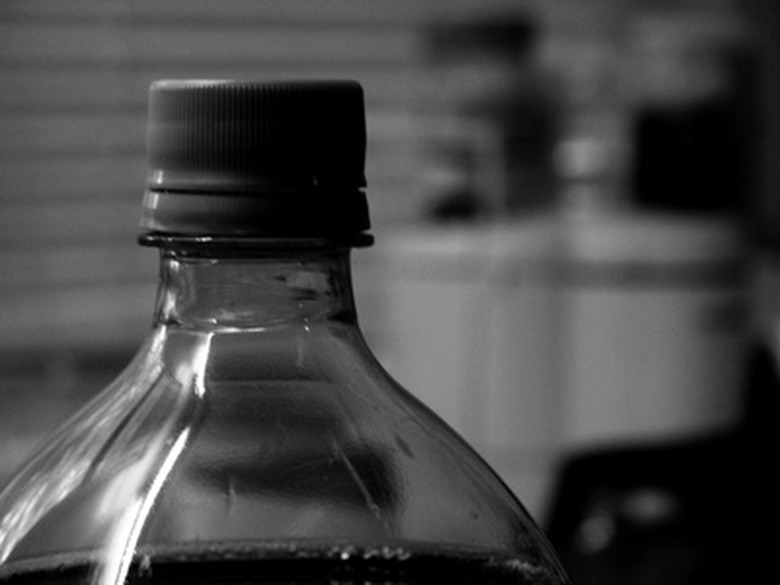The Disadvantages Of Recycled Plastics
Plastic is both widely used and highly recyclable. Many forms of plastic–water bottles, shopping bags and food containers among others–are suitable for recycling. Plastic recycling helps keep disposable products out of landfills, where they would take hundreds of years to decompose naturally. However, unlike other materials like glass and metal, recycled plastics aren't able to continually serve the same purpose after recycling.
Environmental Impact
Environmental Impact
Each piece of recycled plastic represents a potential environmental threat. The process of melting down and recycling plastic produces VOC, or volatile organic compounds, fumes that can harm plant and animal life near the industrial site. The heat needed to melt plastic also generates carbon emissions, which contribute to global warming. Recycling center workers who discover unrecyclable plastic, which includes pieces that contain food waste or debris, may discard it improperly. Since plastic is not classified as a hazardous material, its recycling doesn't come under international regulation, thereby complicating efforts to solve this problem.
Health Problems
Health Problems
The same VOCs that cause plastic recycling to harm the environment can also present health threats to the people who come into contact with recycled plastics. Plastic resin, which is part of the manufacturing and recycling process, and comes from petroleum, can leech into foods stored in recycled plastic containers. The amount of chemicals that users consume can increase based on the type of plastic and other factors like temperature and the plastic's age. Although the U.S. Food and Drug Administration does not cite recycled plastics as a major health threat, plastic manufacturers only use a small portion of recycled plastic, if any, when producing food containers and packaging.
Downcycling
Downcycling
Because of the potential health threats recycled plastic poses, much plastic recycling is actually downcycling. This means that the plastic, instead of becoming another new container, instead becomes a different, less useful product. For example, a plastic water bottle may be downcycled to become artificial turf or plastic furniture. Recycled plastic's limited use places it at a disadvantage compared to new plastics and other recycled materials.
Waste
Waste
After downcycling, plastic is generally unfit for another round of recycling. This means that it ends up in a landfill despite having seen a secondary use as a less useful product. Downcycling simply delays the process, and manufacturers have the same demand for new plastics.
References
Cite This Article
MLA
Hartman, Dennis. "The Disadvantages Of Recycled Plastics" sciencing.com, https://www.sciencing.com/disadvantages-recycled-plastics-7254476/. 24 April 2017.
APA
Hartman, Dennis. (2017, April 24). The Disadvantages Of Recycled Plastics. sciencing.com. Retrieved from https://www.sciencing.com/disadvantages-recycled-plastics-7254476/
Chicago
Hartman, Dennis. The Disadvantages Of Recycled Plastics last modified March 24, 2022. https://www.sciencing.com/disadvantages-recycled-plastics-7254476/
